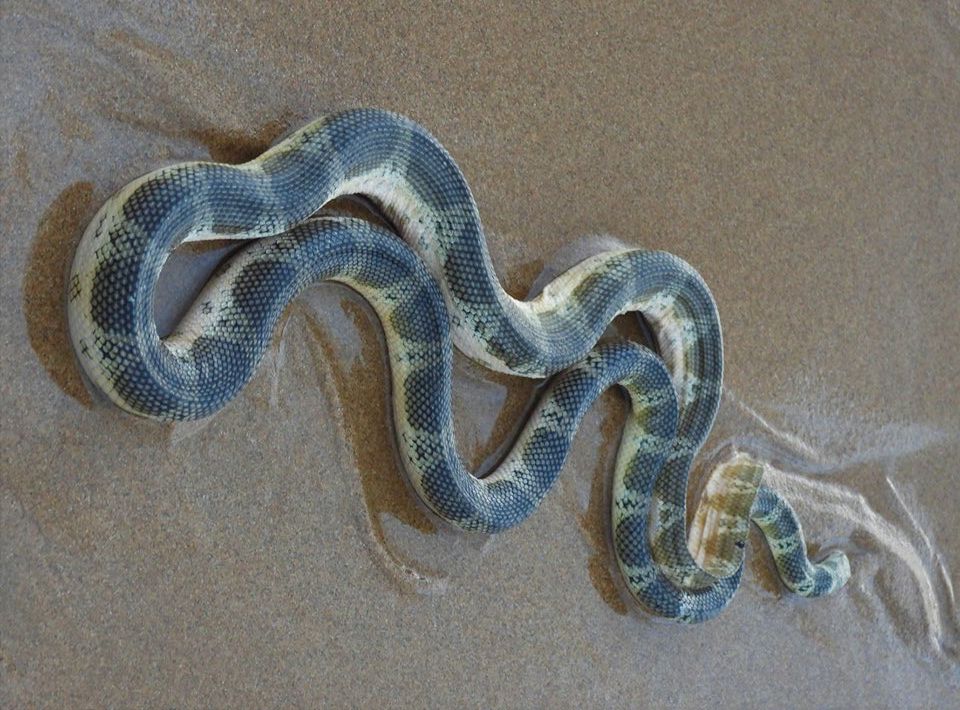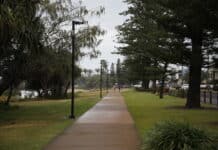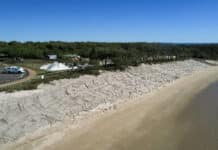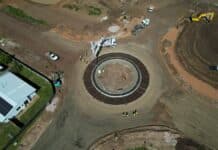
Two more sea snakes came ashore with the ebbing tide at Kellys Beach, Bargara, this morning (Saturday, 30 March).
Pictures and video were posted publicly on Facebook. It’s the second incident in a few weeks. Both swam away when helped back to deeper water.
Poster Kevin Hill said: “They seem to be getting stranded as the tide recedes and leave shallow pools along the beach which then dry up eventually. They swim away quite easily when in deeper water so I don’t think they were crook.”
Wildlife expert Kyle Hancock said “these guys are normally only ever beached when something is wrong or they’re exhausted”.
According to the Marine Education Society of Australasia, sea snakes have specialised flattened, paddle-like tails for swimming and have valves over their nostrils which close underwater.
As they breathe air using a large lung, not gills, they are usually found in shallow water where they swim about the bottom.
All sea snakes discovered so far are venomous and produce some of the most dangerous venom known in the animal kingdom, but most species are considered to be non-aggressive.
Adult sea snakes grow to between 120 and 150cm with the largest species growing to three metres.
Avoid contact with sea snakes. A bite results in muscle pain, tenderness and spasm. The bite itself is not particularly painful and may go unnoticed.
Thirty minutes after the bite there is stiffness, muscle aches and sometimes spasms of the jaw followed by moderate to severe pain in the affected area. Afterwards there may be blurred vision, drowsiness and finally respiratory paralysis. A specific antivenin is available.
- Frog eats Keelback snake








Thanks for the article, any idea what kind of seasnake ?
Comments are closed.